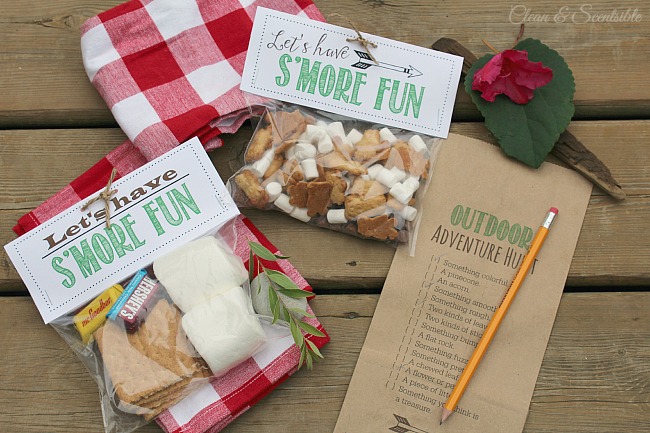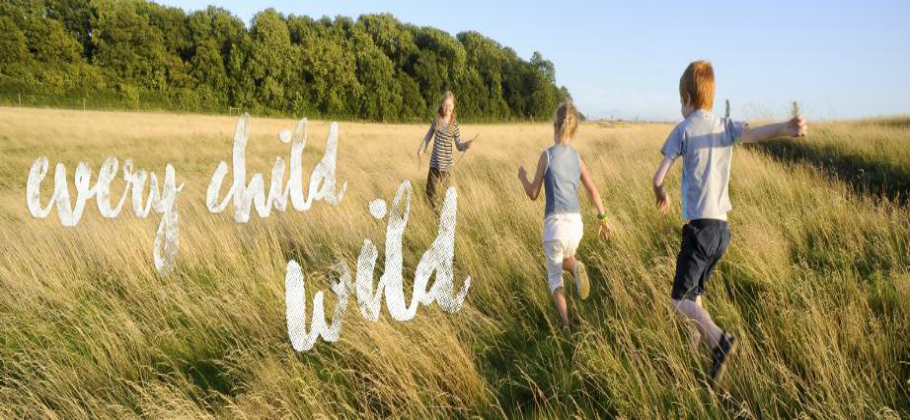13.1.16
According to the YouGov poll, over 50% of children had never found frogspawn in the wild, and 60% had never seen a peacock butterfly. Without the connection to nature and wildlife, children may be less likely to care about what happens in the natural environment, meaning that over the generations people may be less likely to protect and look out for wildlife.
By not interacting with nature, children aren't just missing out on seeing wildlife first hand, there's a greater impact. Wild places help to teach children about rational decision making and how to deal with unfamiliar situations. They also teach children about risk taking and safety, like when climbing trees. Part of this is based on learning from experience, as well as testing their own abilities.
Exploring wild spaces also encourages exercise, in a society where children aged 11-15 years currently spend around 7.5 hours in front of a screen, and 28% of kids are overweight or obese. As well as the physical implications of being outdoors, there's also the mental and emotional impact to consider. It's thought that children are happier and more creative when they're interacting with nature, with studies suggesting that living within 1km of a green space can reduce the risk of anxiety and depression.
But how can we help every child be wild?
We live in a world where people are worried about letting their children go out exploring alone. So we, as adults, need to take the time to help them find a safe way to interact with nature. My first port of call when looking for fun and creative ways to spend time outdoors is Pinterest. Here's just a couple of ideas that I found.
Nature Hunt
 Whether it's a day trip to the beach, or half an hour in the garden, a nature hunt is a sure fire way to get the kids involved in nature, as well as exercising. Simply write a list of possible finds, and see what you and your little one can discover.
Whether it's a day trip to the beach, or half an hour in the garden, a nature hunt is a sure fire way to get the kids involved in nature, as well as exercising. Simply write a list of possible finds, and see what you and your little one can discover.
DIY Bug Hotel
This one's primarily aimed at people who have a garden, or a green space near by. The best thing about this is that you can make use of a rainy day and create the hotel indoors. All you need to do is spend some time outdoors collecting a few sticks, pine cones, leaves, and some wood. Don't forget to keep an eye out on what bugs are moving in.
Painting Nature
Take the kids to the park and get them to collect leaves of different shapes and sizes, twigs, acorns. Anything that you can dip into paint and use like a stamp to create a fun nature pattern.
Animal Yoga
Ask your child to think of an animal and get them to close their eyes and pose like the animal for as long as they can hold it. Animal Yoga helps children to refine their balance, develop concentration and focus, as well as helping them connect with wildlife.
SkyView
For older children, or those that you simply can't part with technology, why not download an app called SkyView. All you have to do is go outside and point your device at the sky, it then tells you about the stars and constellations you're looking at.
To find a Wildlife Trusts nature reserve near you, click here.
Every Child Wild
/
0 Comments
Every Child Wild is an initiative started by the Wildlife Trusts in 2015 with the aim of helping put the 'wild' back into childhood. The Wildlife Trusts are particularly concerned with the lack of contact and connection between children and wildlife in modern society.
Every Child Wild believes that children should have the right to:
1. Explore the natural world near where they live.
2. Develop a personal connection with nature from an early age.
3. Live within a safe walking distance of a local green space.
4. Learn about our total reliance on nature at school.
A YouGov poll was commissioned which emphasized the conflict between what children experienced and what their parents believed was best for them - with 91% of parents believing that children having access to an environment with nature and wildlife was important, but 78% of parents being worried that children weren't spending enough time being involved with nature.
According to the YouGov poll, over 50% of children had never found frogspawn in the wild, and 60% had never seen a peacock butterfly. Without the connection to nature and wildlife, children may be less likely to care about what happens in the natural environment, meaning that over the generations people may be less likely to protect and look out for wildlife.
By not interacting with nature, children aren't just missing out on seeing wildlife first hand, there's a greater impact. Wild places help to teach children about rational decision making and how to deal with unfamiliar situations. They also teach children about risk taking and safety, like when climbing trees. Part of this is based on learning from experience, as well as testing their own abilities.
Exploring wild spaces also encourages exercise, in a society where children aged 11-15 years currently spend around 7.5 hours in front of a screen, and 28% of kids are overweight or obese. As well as the physical implications of being outdoors, there's also the mental and emotional impact to consider. It's thought that children are happier and more creative when they're interacting with nature, with studies suggesting that living within 1km of a green space can reduce the risk of anxiety and depression.
But how can we help every child be wild?
We live in a world where people are worried about letting their children go out exploring alone. So we, as adults, need to take the time to help them find a safe way to interact with nature. My first port of call when looking for fun and creative ways to spend time outdoors is Pinterest. Here's just a couple of ideas that I found.
Nature Hunt

DIY Bug Hotel
This one's primarily aimed at people who have a garden, or a green space near by. The best thing about this is that you can make use of a rainy day and create the hotel indoors. All you need to do is spend some time outdoors collecting a few sticks, pine cones, leaves, and some wood. Don't forget to keep an eye out on what bugs are moving in.
Painting Nature
Take the kids to the park and get them to collect leaves of different shapes and sizes, twigs, acorns. Anything that you can dip into paint and use like a stamp to create a fun nature pattern.
Animal Yoga
Ask your child to think of an animal and get them to close their eyes and pose like the animal for as long as they can hold it. Animal Yoga helps children to refine their balance, develop concentration and focus, as well as helping them connect with wildlife.
SkyView
For older children, or those that you simply can't part with technology, why not download an app called SkyView. All you have to do is go outside and point your device at the sky, it then tells you about the stars and constellations you're looking at.
To find a Wildlife Trusts nature reserve near you, click here.




